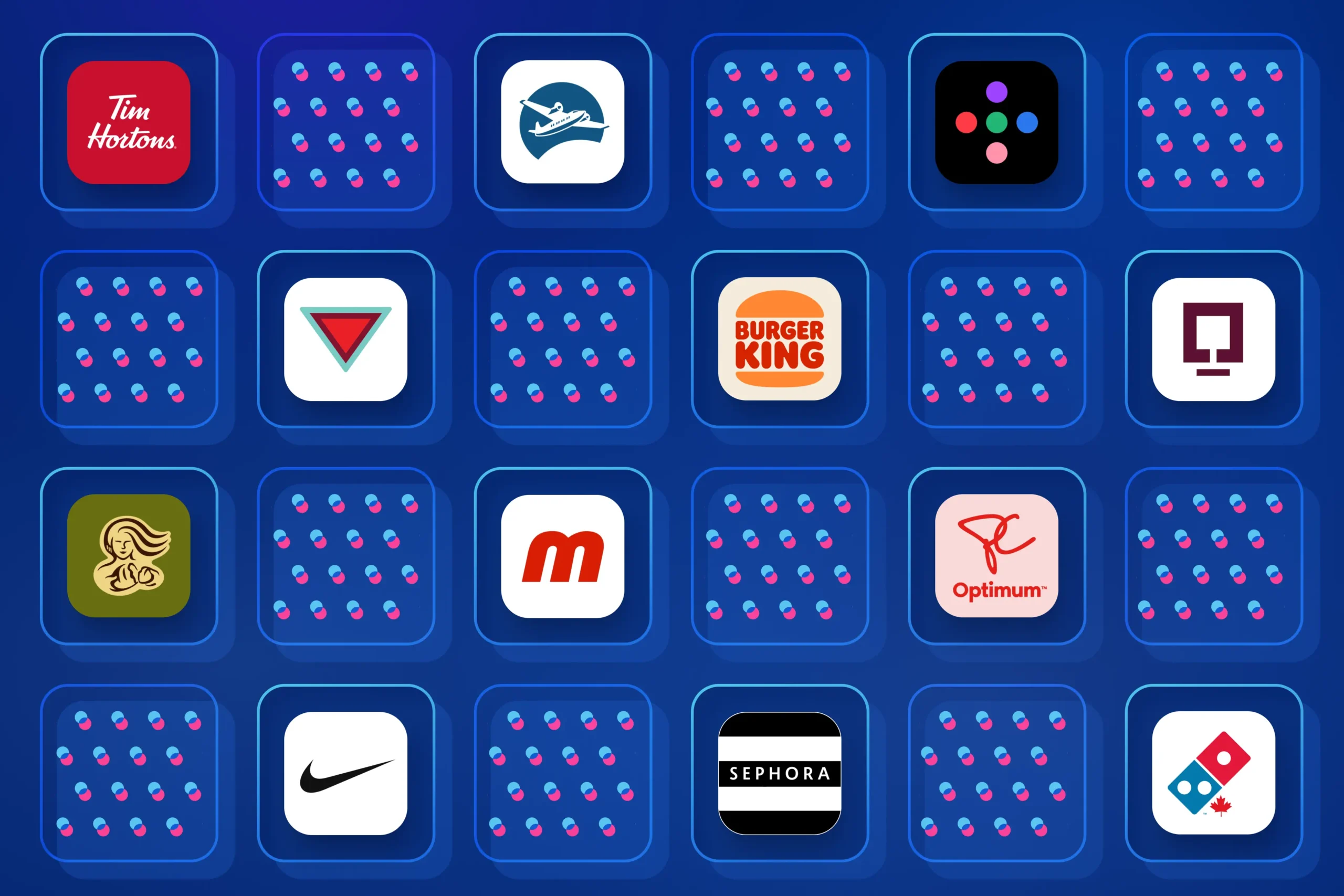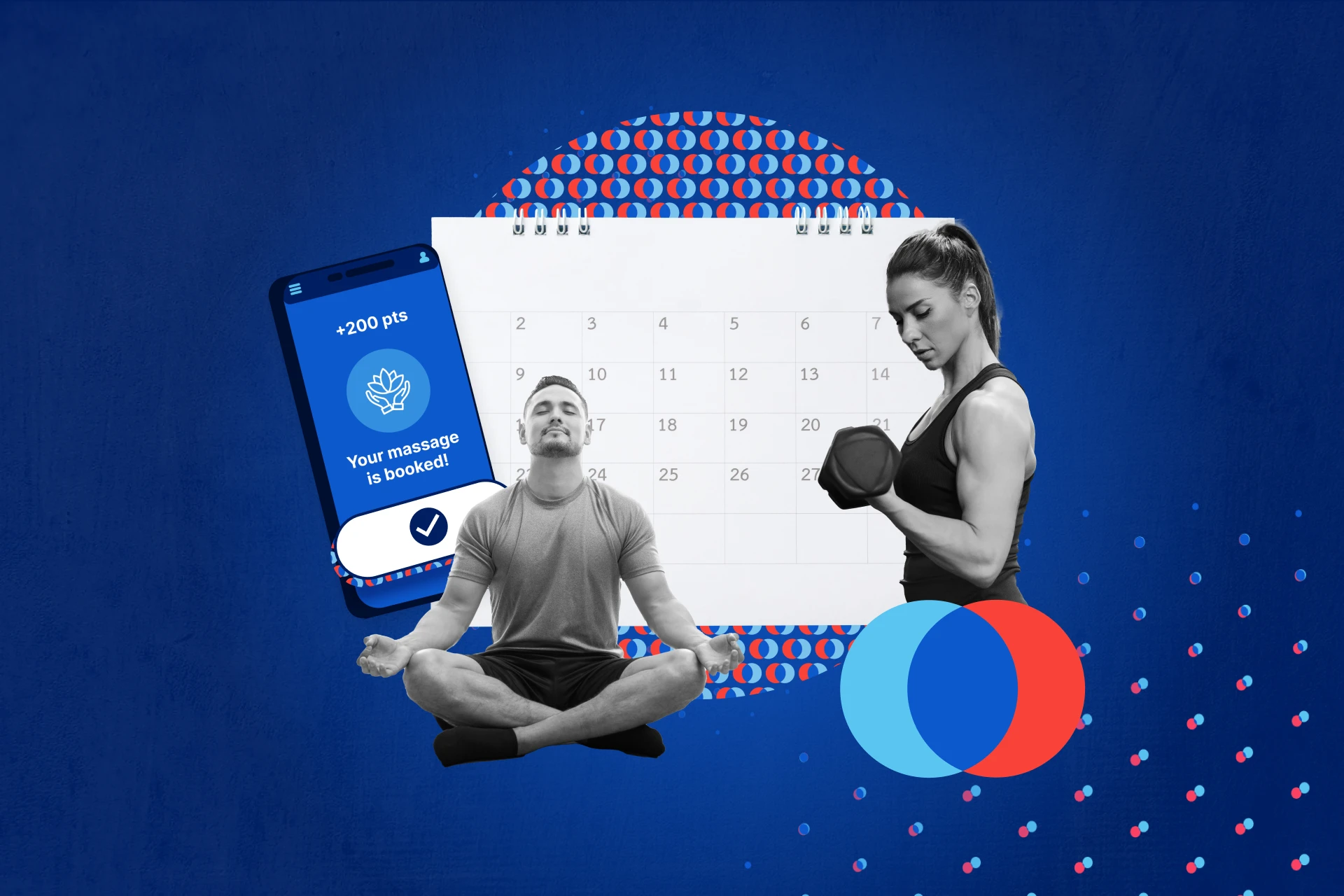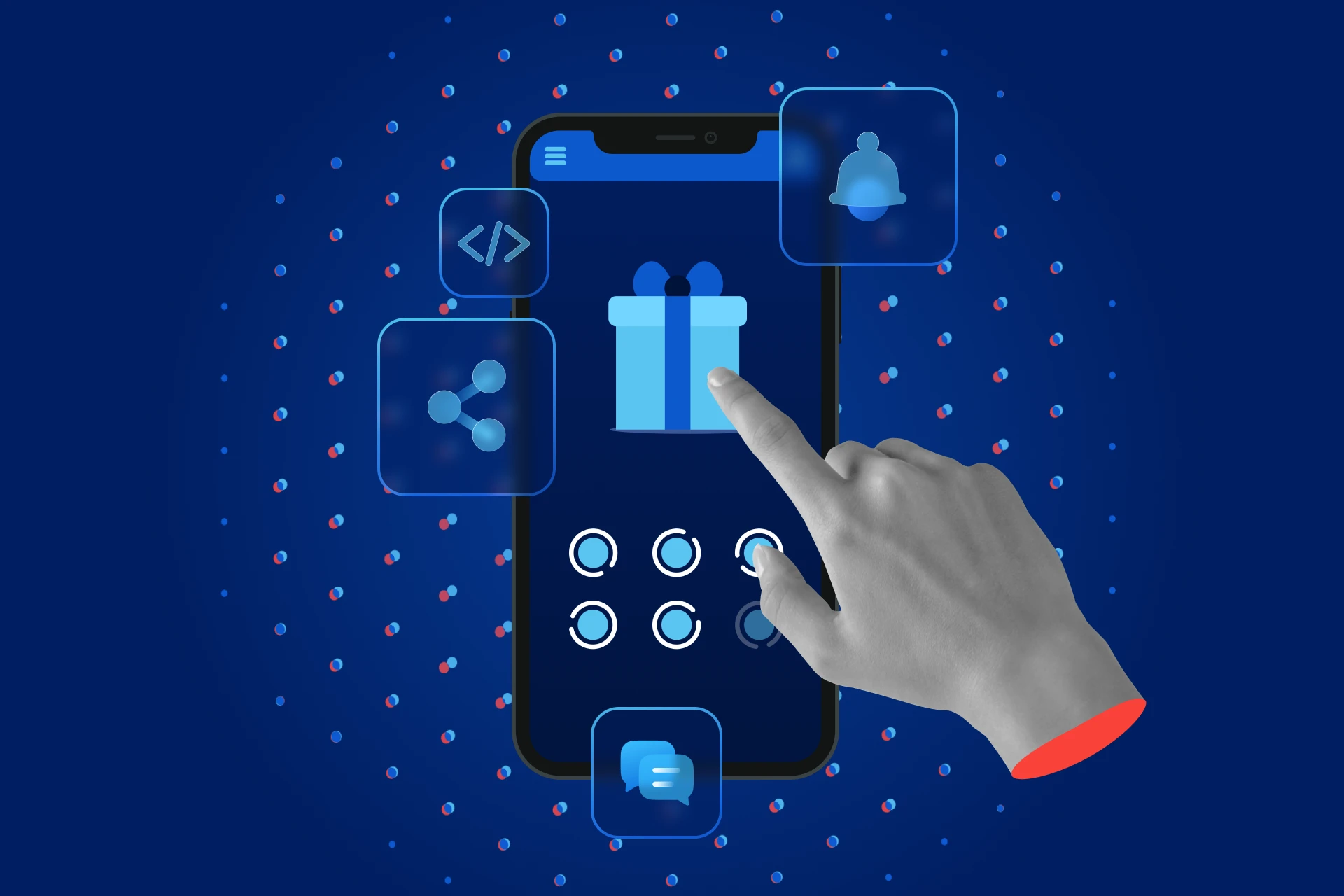As part of our ongoing collaboration with Adviso and the release of the 2024 LoyalT Study, we set out to support their research by assessing the mobile app experiences of the companies featured in the report. While Adviso focuses on loyalty strategies and how these programs impact overall brand performance, our analysis zooms in on the user experience (UX) delivered by these loyalty mobile apps.
A loyalty program’s success cannot be judged only by the quality of its rewards—we need to look at how well the program translates into a mobile experience that is smooth, intuitive, and how it solidifies customer loyalty. If you haven’t had the chance yet, take a look at this year’s LoyalT Study laureates.
Let’s deep dive at how well these apps support their loyalty programs and generate engagement through effective mobile design.
Our Methodology
- No points: The element is absent.
- 1 point: Present but requires improvement.
- 2 points: Present and well executed.
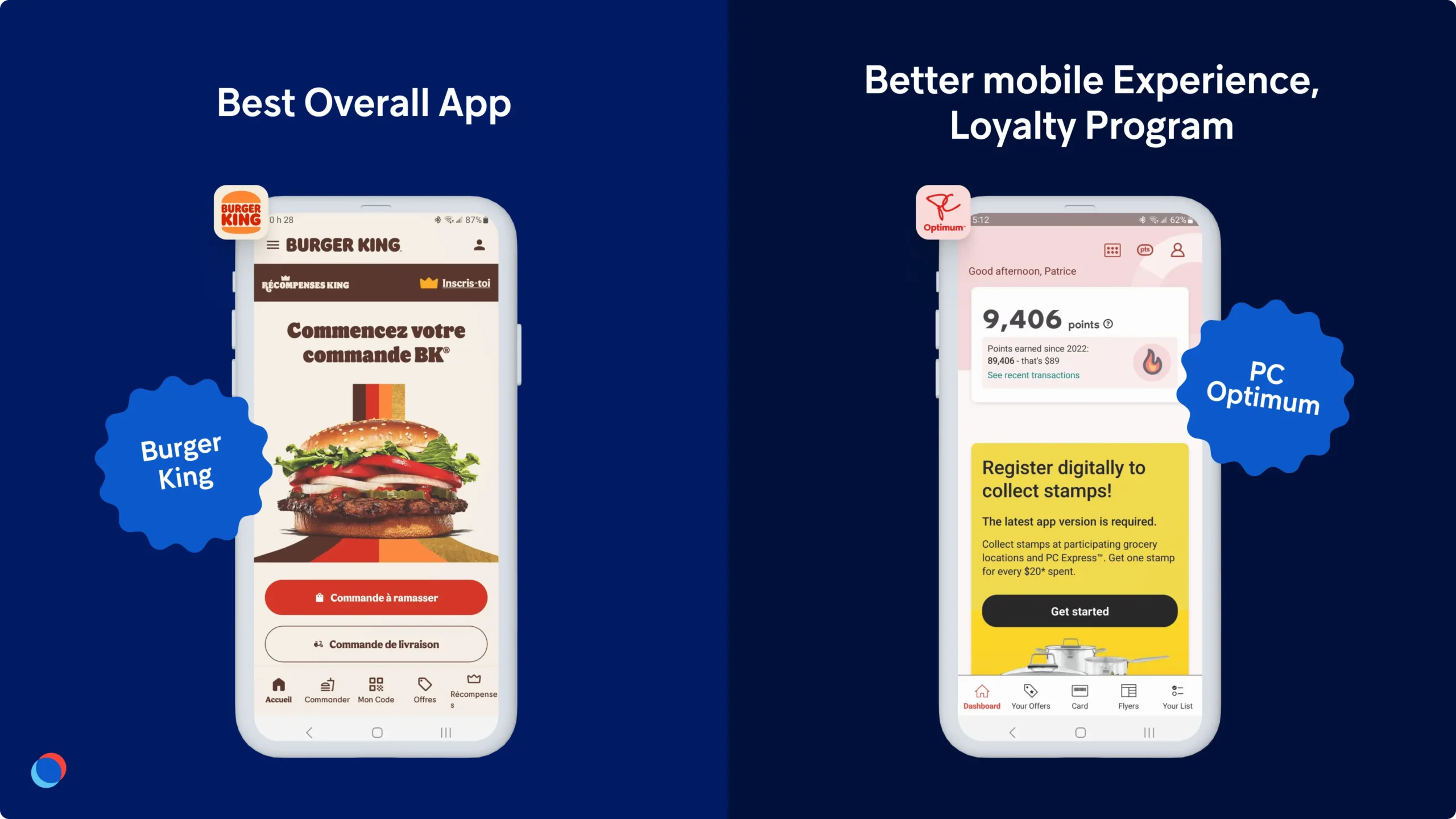
Best Loyalty Program Experience: PC Optimum
The PC Optimum app has matured into a feature-rich and indispensable shopping companion. It is deeply ingrained in users’ routines, offering personalized, relevant offers that make it a go-to for grocery and pharmacy shopping. The app stands out for its advanced loyalty features, such as group card sharing, manual point addition, and an AI-powered virtual assistant. PC Optimum demonstrates how a well-executed loyalty program can become an integral part of users’ lives.
Best App Ecosystem: Triangle
Triangle, known for its multi-app strategy, impressed with its cohesive ecosystem. Each app serves a clear purpose, from managing loyalty to supporting online and in-person shopping. Together, these apps offer a seamless experience that covers every aspect of the user journey, ensuring a complete loyalty experience that adapts to various shopping contexts.

Best Personalization: Sephora and SAQ
Both Sephora and SAQ scored highly in personalization. In these apps, personalization is a remedy to the overwhelming choice consumers face when retail shopping, guiding them toward relevant products and offers. This intelligent use of personalization not only improves the user experience but also strengthens loyalty by delivering highly curated suggestions.
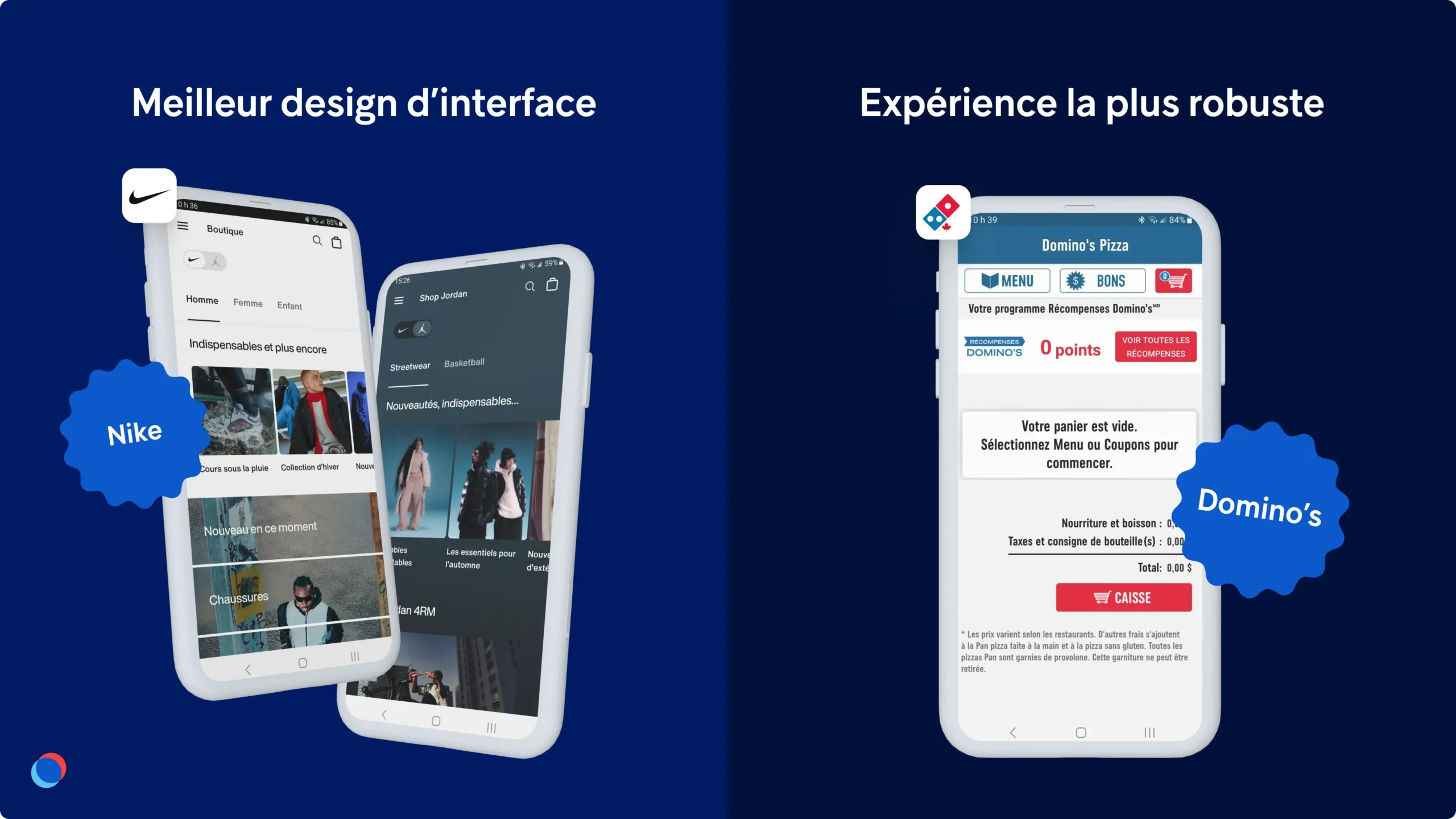
Best Design: Nike
Nike’s app strikes the perfect balance between form and function. The app’s hub is filled with organized, easy-to-navigate content that keeps users engaged. With its clean design and pre-selected filters, Nike ensures that users aren’t overwhelmed, even in a content-rich environment. The inclusion of a specialized Air Jordan mode adds an extra layer of engagement, showing how thoughtful design can elevate an app’s functionality.
Most Robust: Domino’s
Though the design of Domino’s app is starting to show its age, it remains a top performer in terms of functionality and reliability. The app’s robust backend ensures a smooth experience from the moment it’s opened until the pizza is delivered. Its pizza tracker feature and easily redeemable rewards continue to set the standard for food-ordering apps, ensuring a consistently positive experience that encourages repeat use.
The Value of a Well-Executed Loyalty App
Our analysis reveals that while loyalty programs are a powerful marketing tool, their true success hinges on how well they’re implemented in mobile apps. The best-performing apps not only offer basic loyalty functions but also excel in leveraging mobile technology to create a seamless, engaging experience. Whether it’s through robust design, personalized content, or a cohesive app ecosystem, the apps that scored the highest in our evaluation consistently reduced friction and made loyalty a natural part of the user’s journey.
As businesses continue to refine their loyalty strategies, let these results underscore the importance of putting the mobile experience at the forefront. To succeed in today’s competitive environment, brands must focus on creating frictionless, enjoyable mobile interactions that make loyalty programs indispensable to their users’ daily lives.

